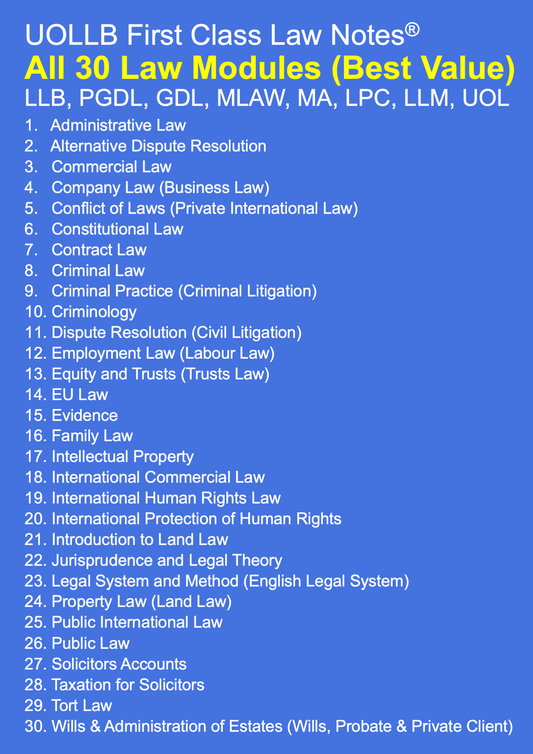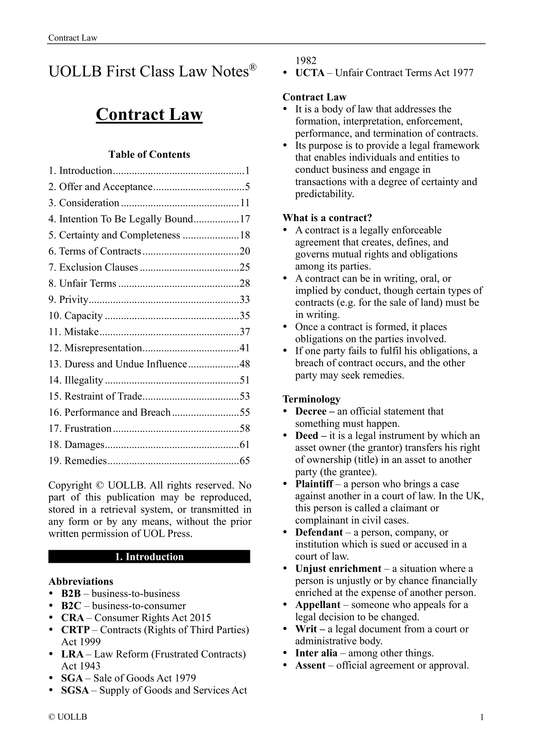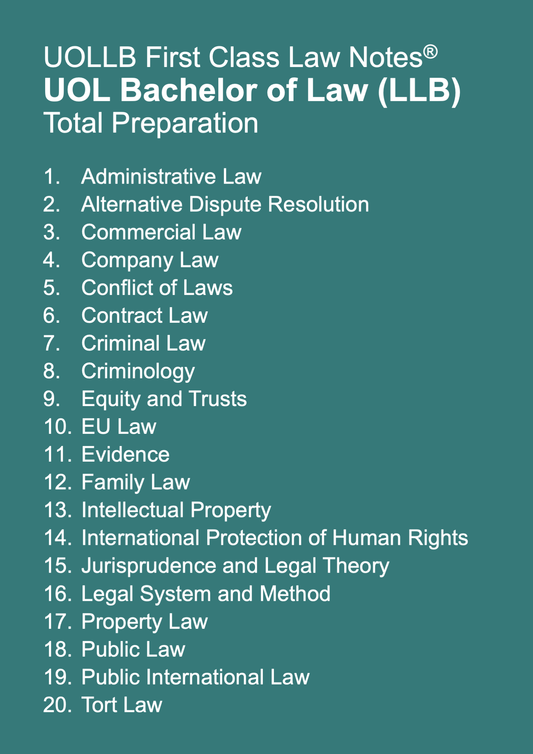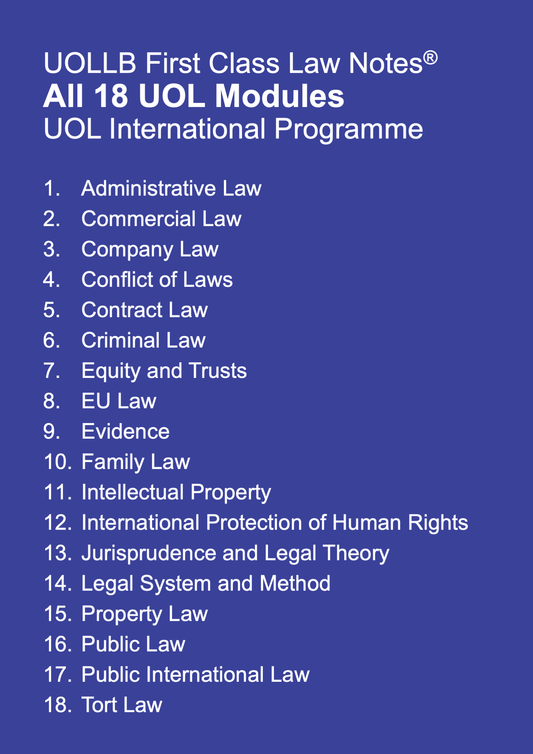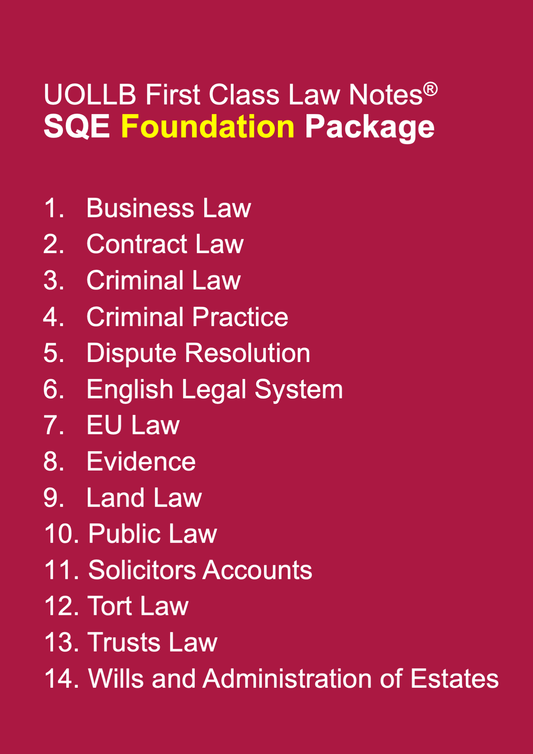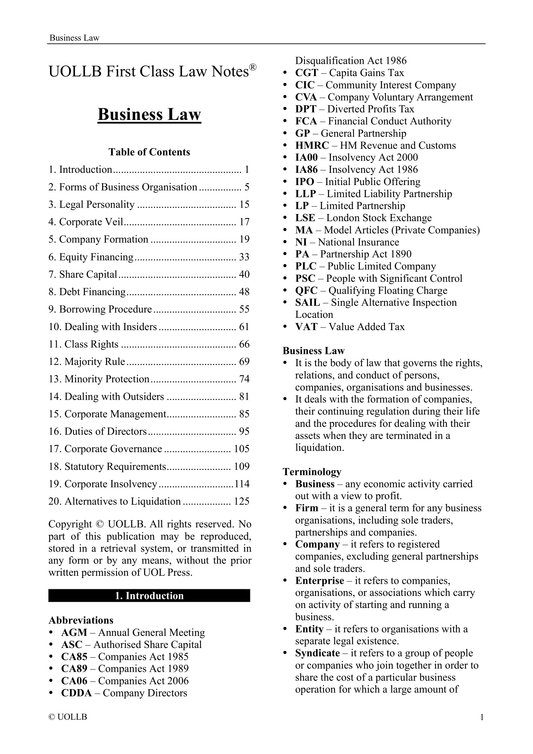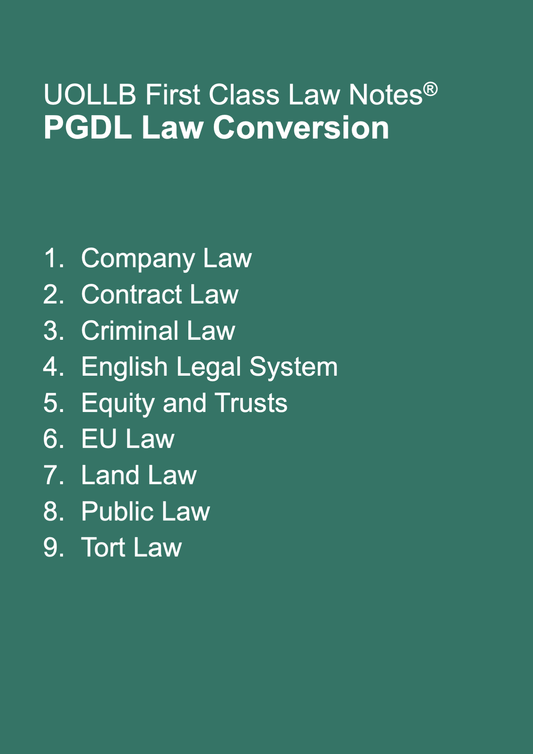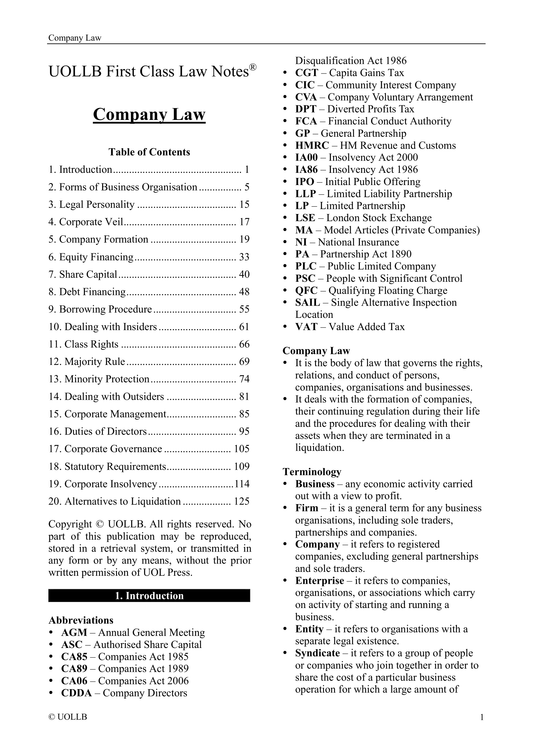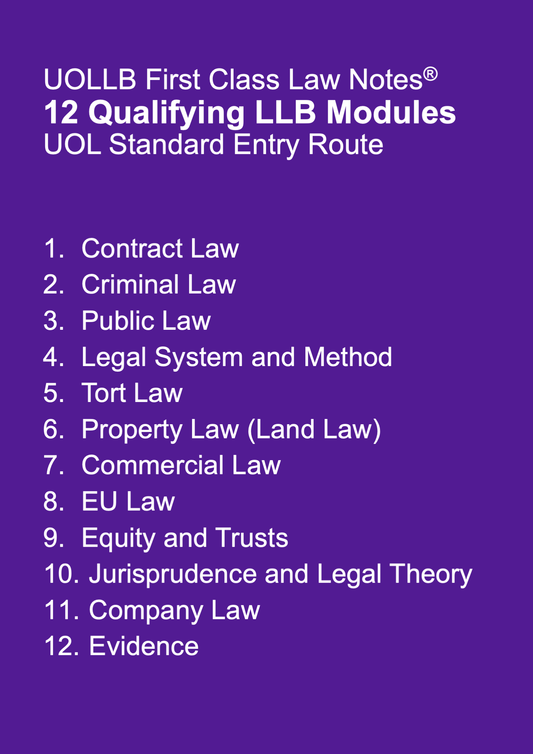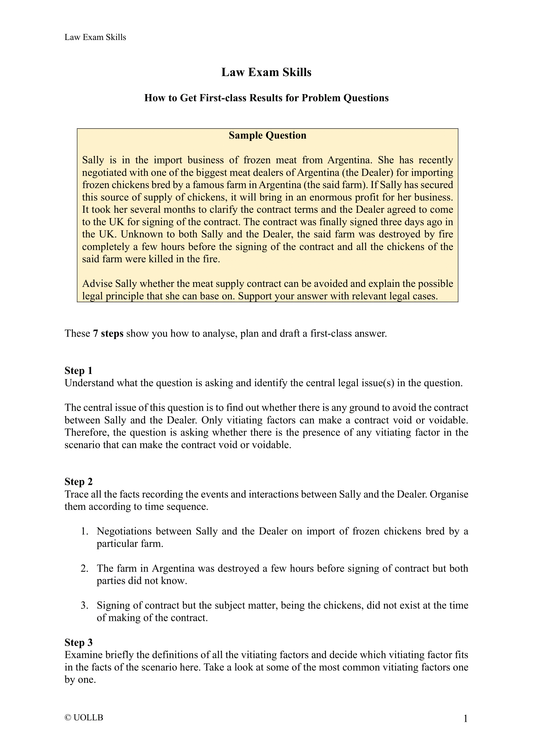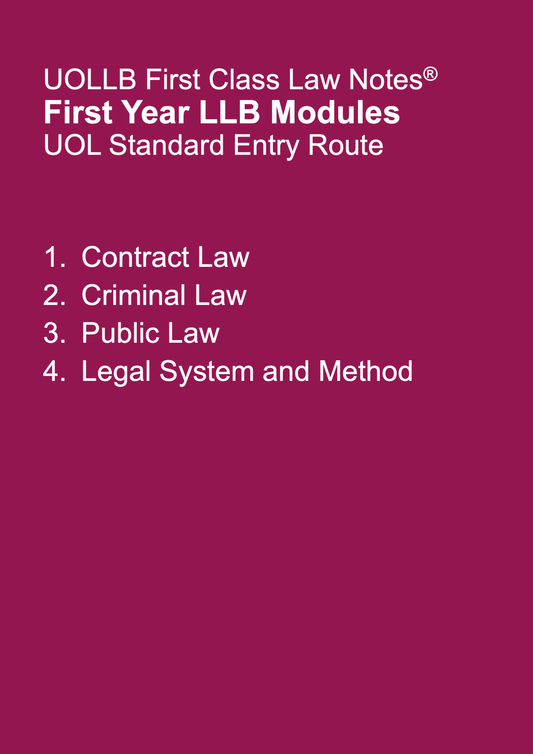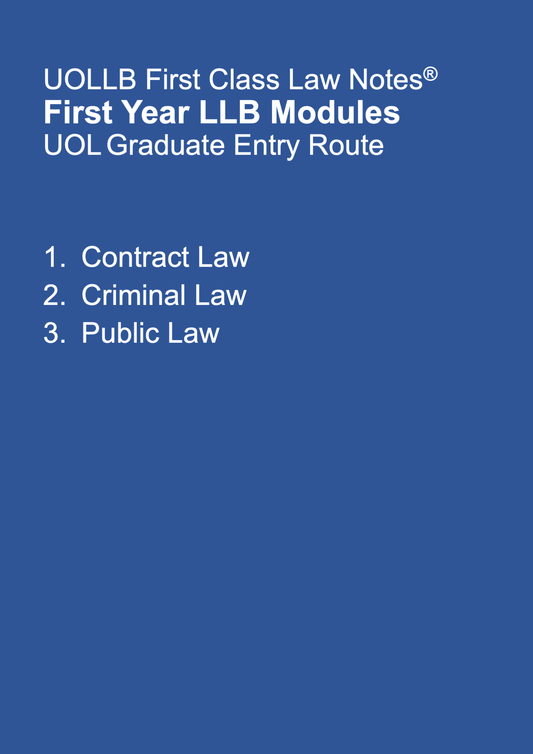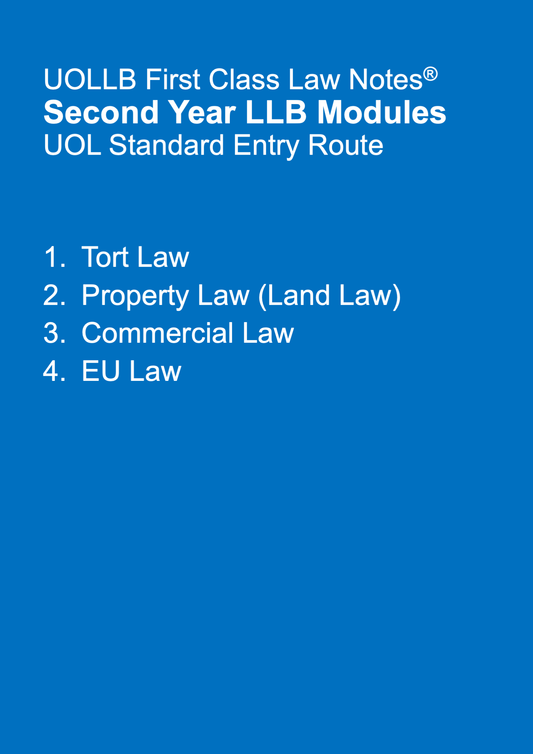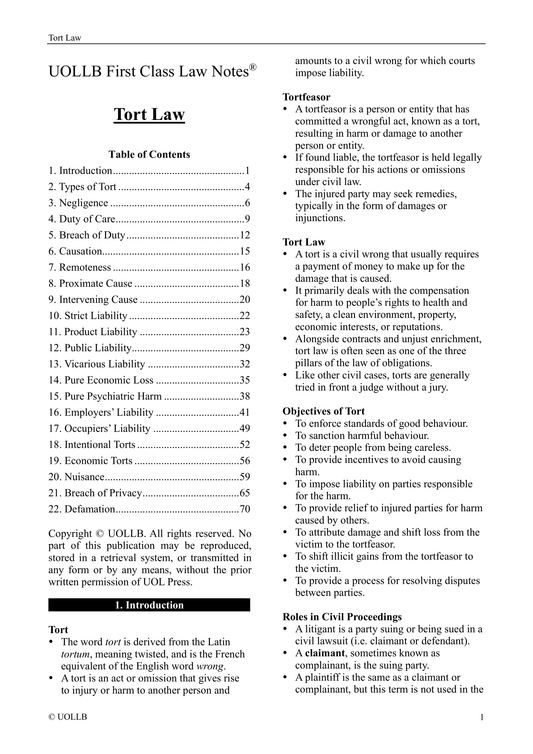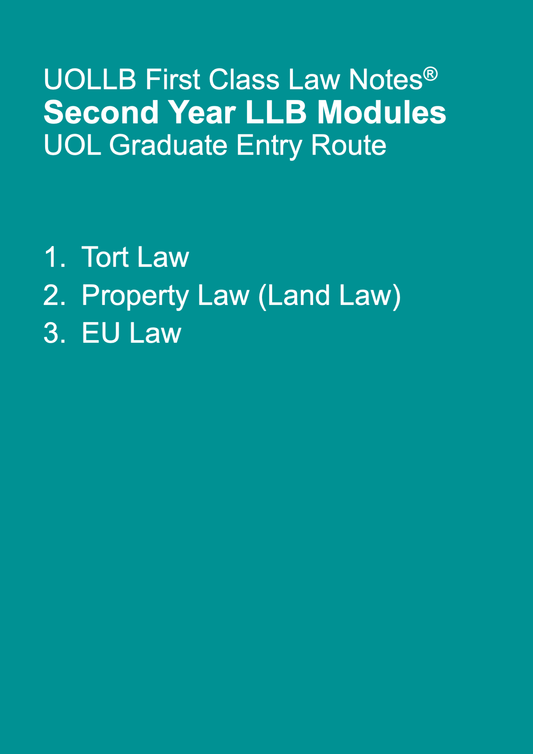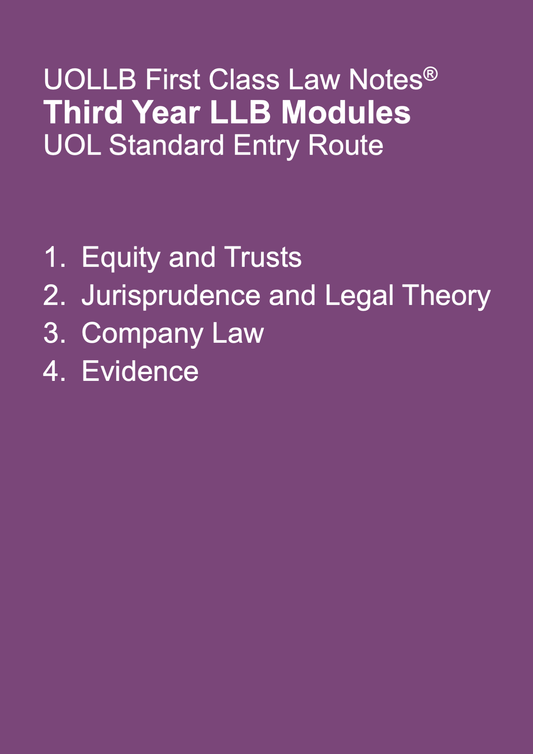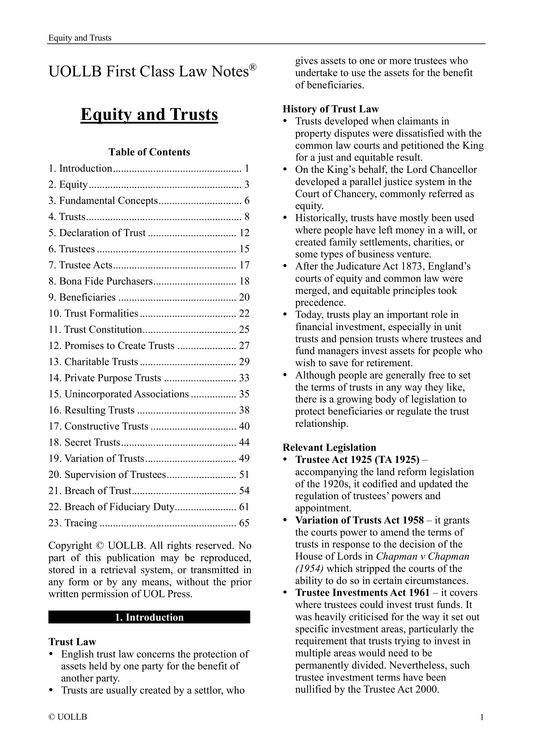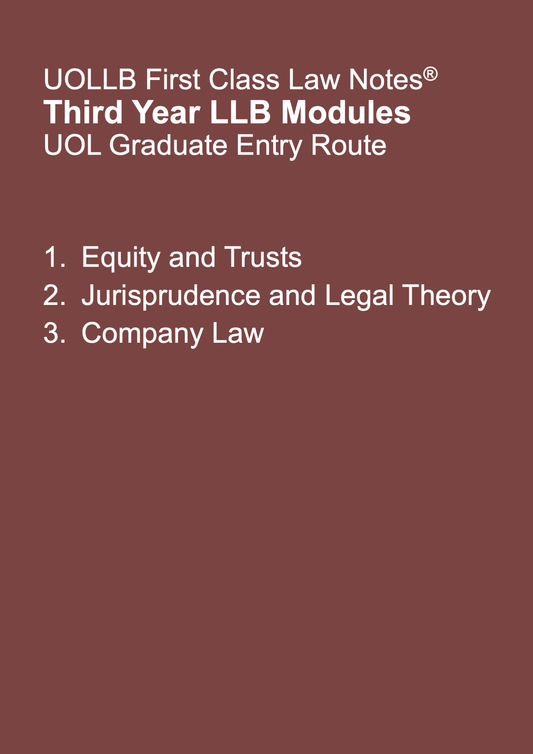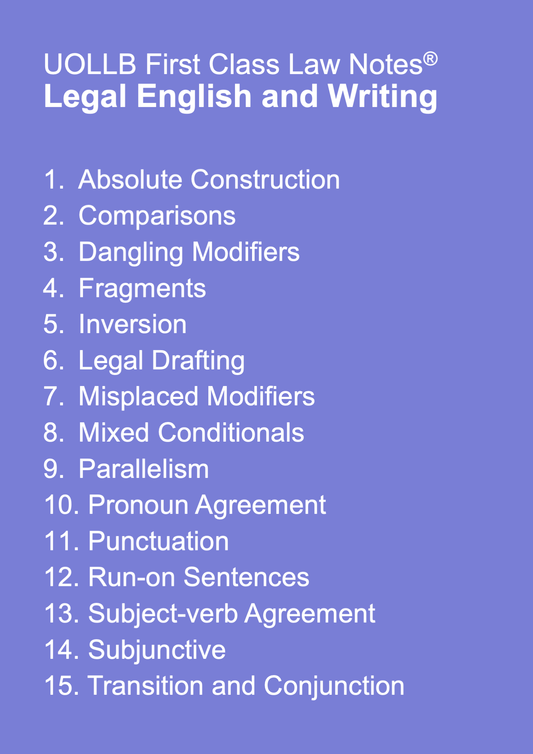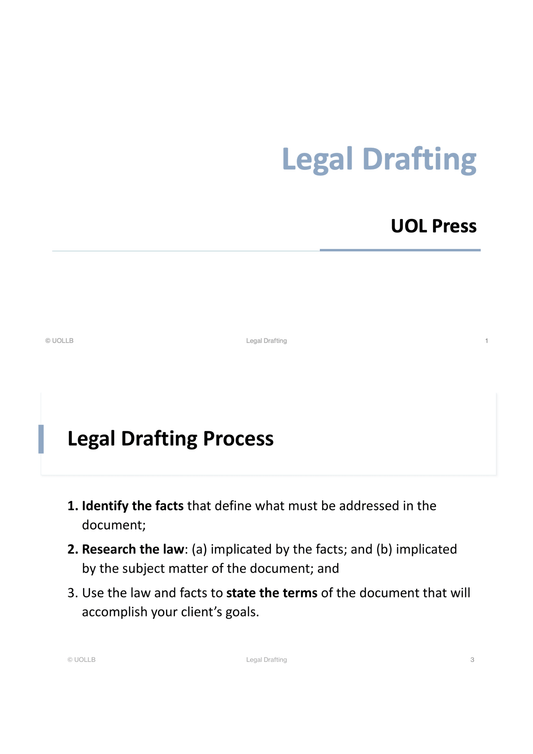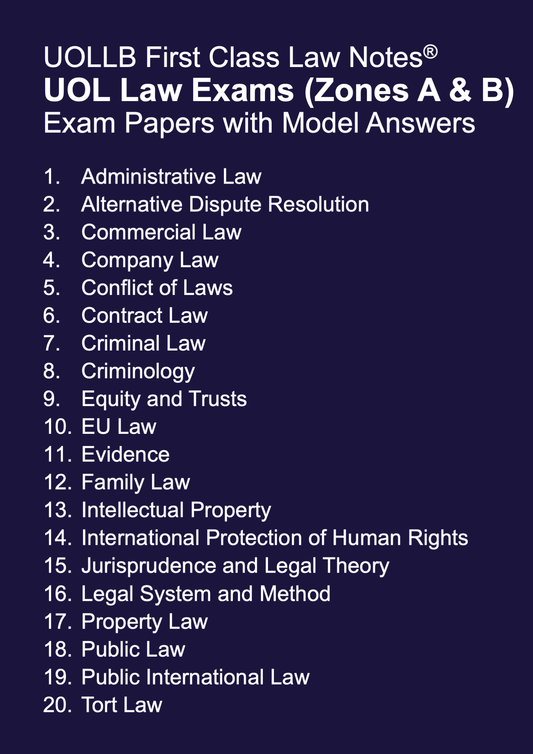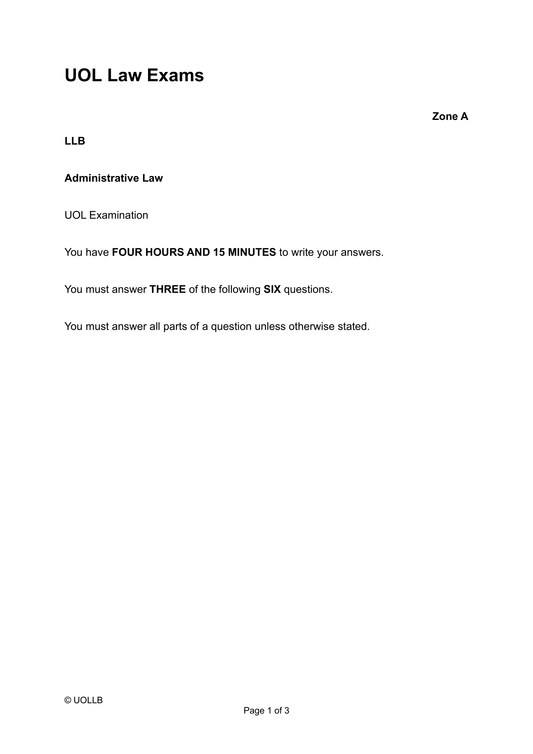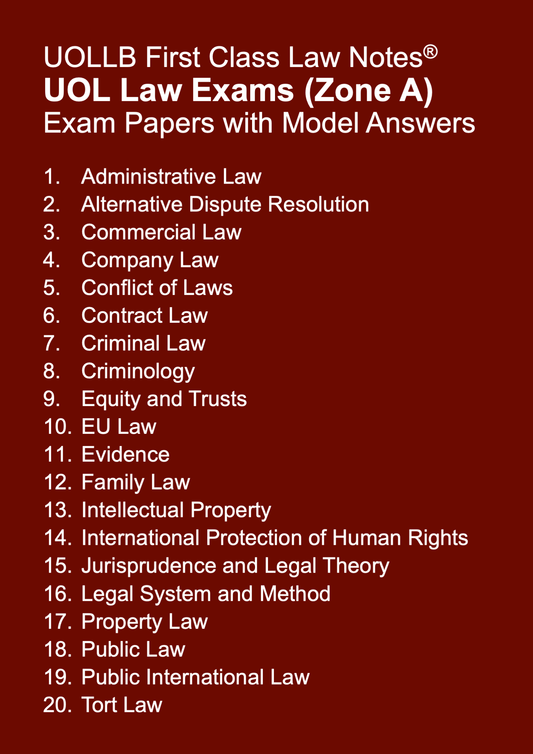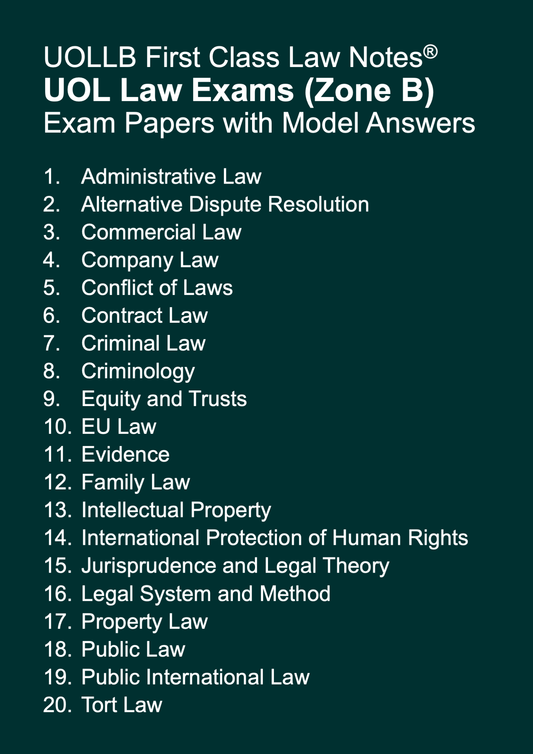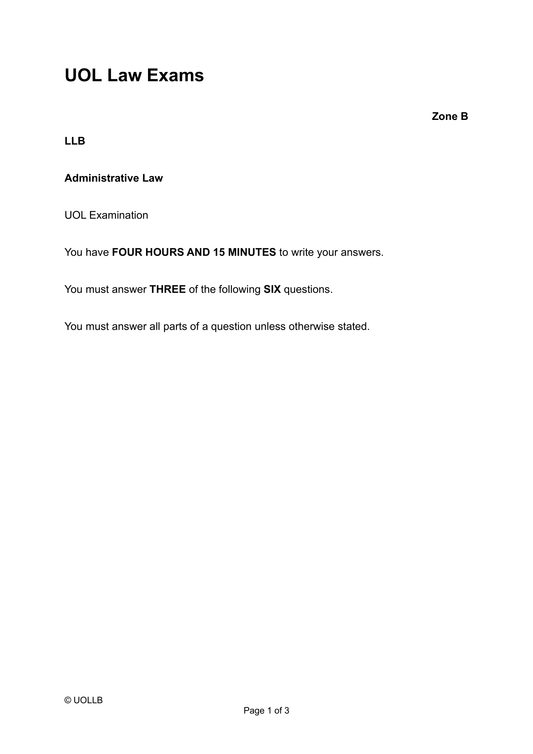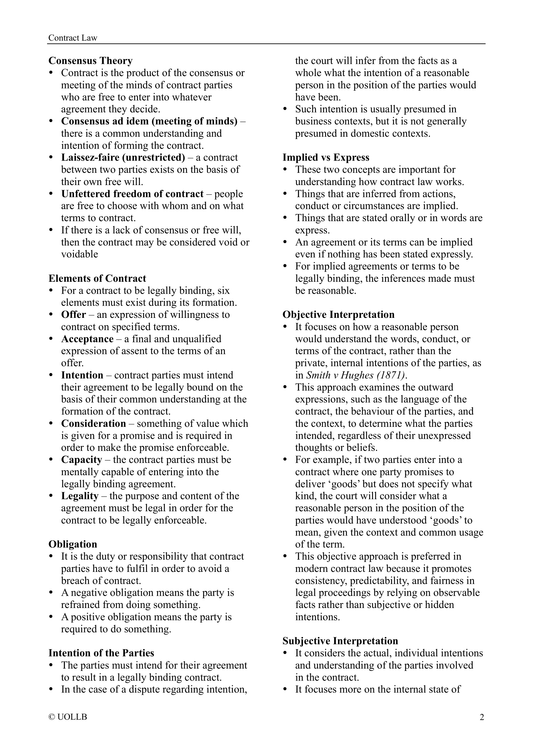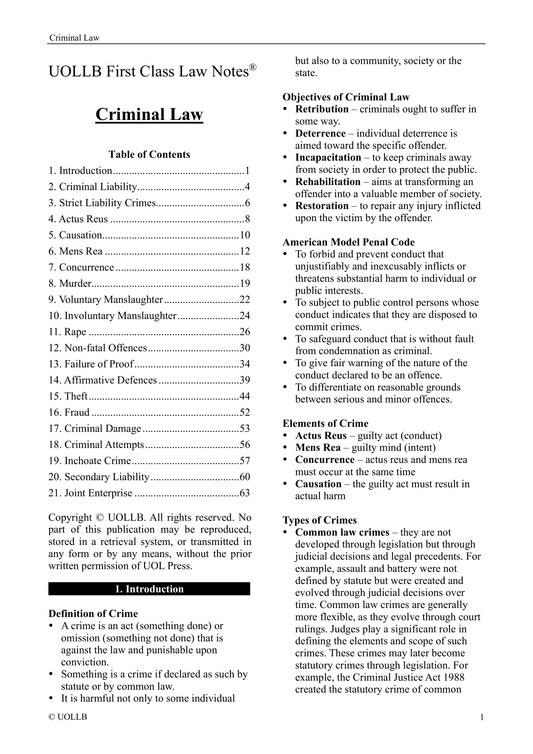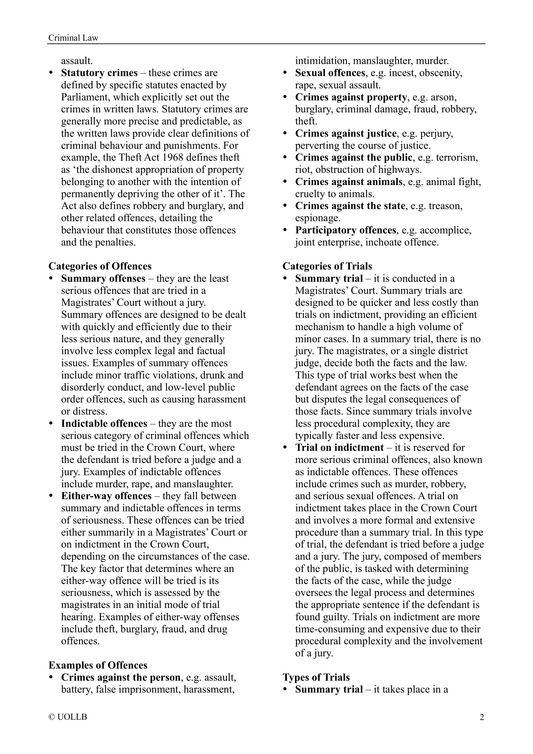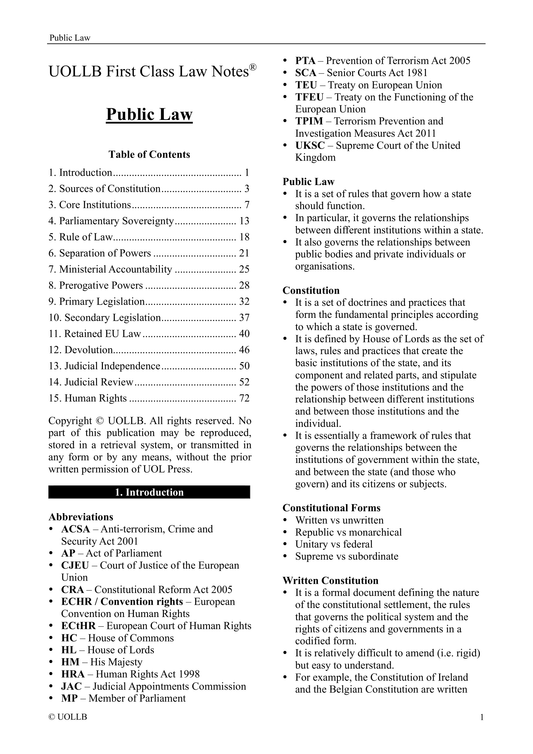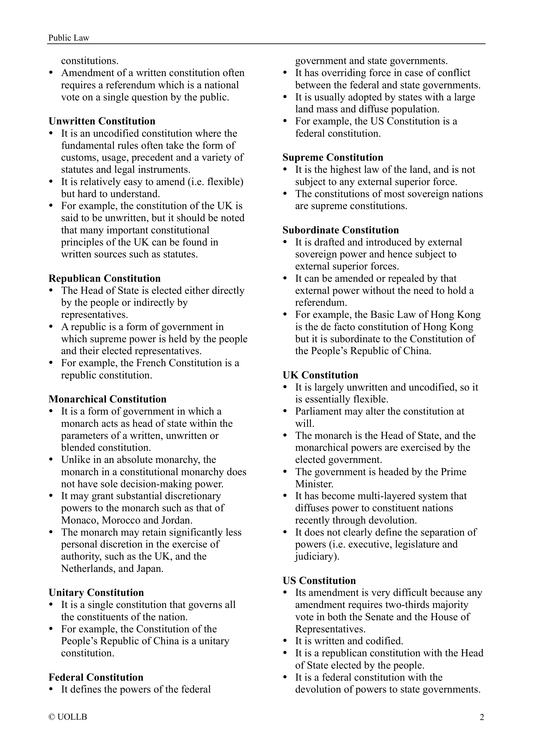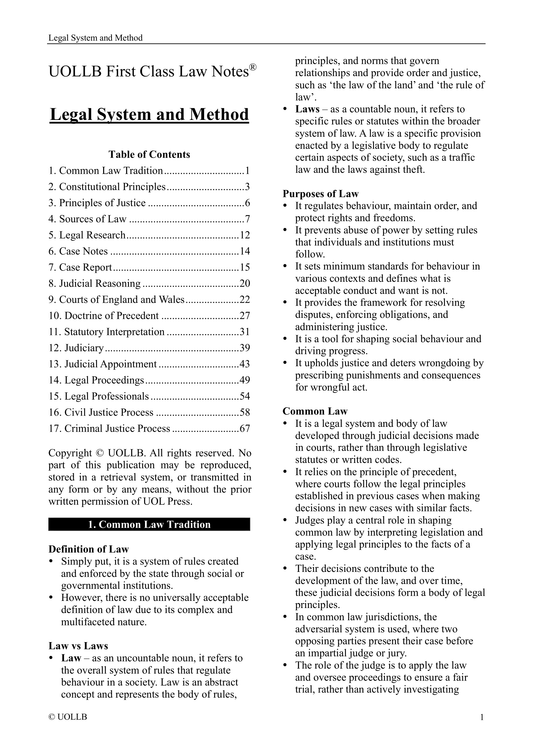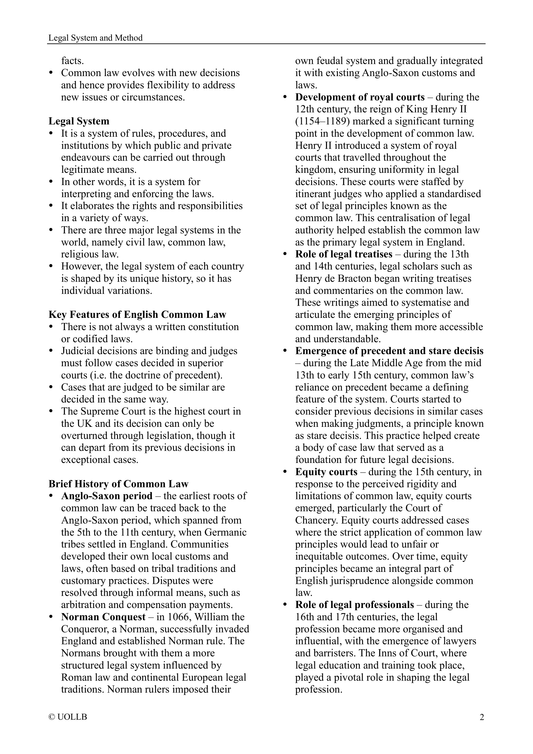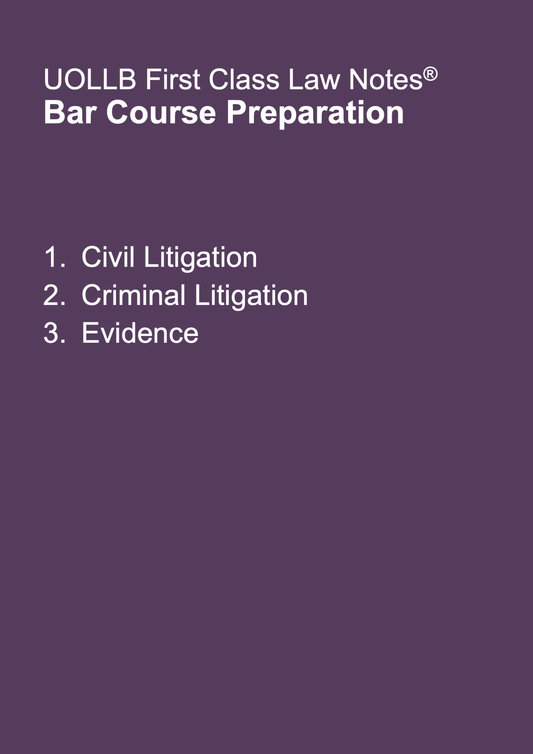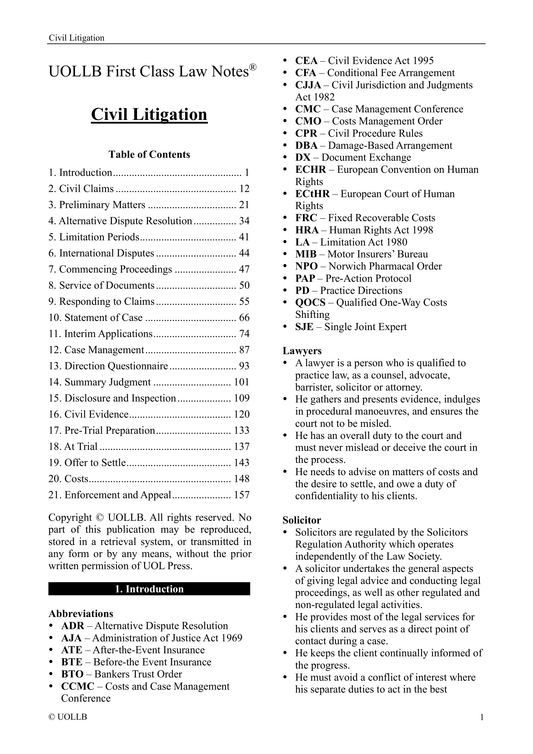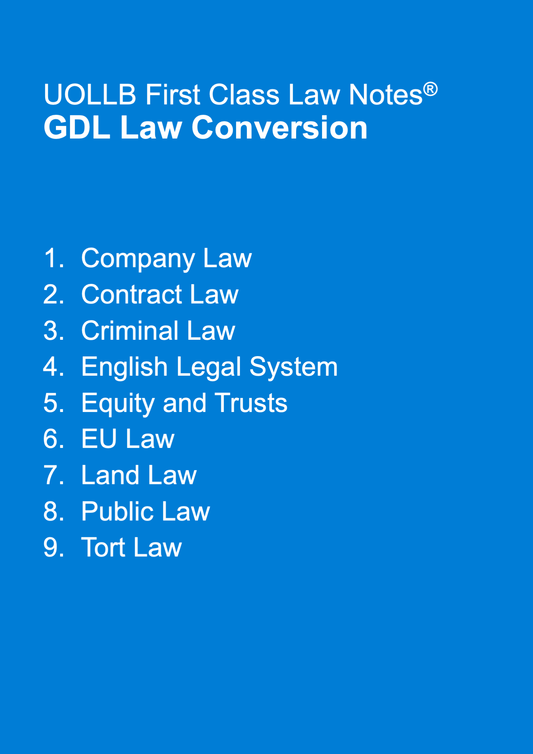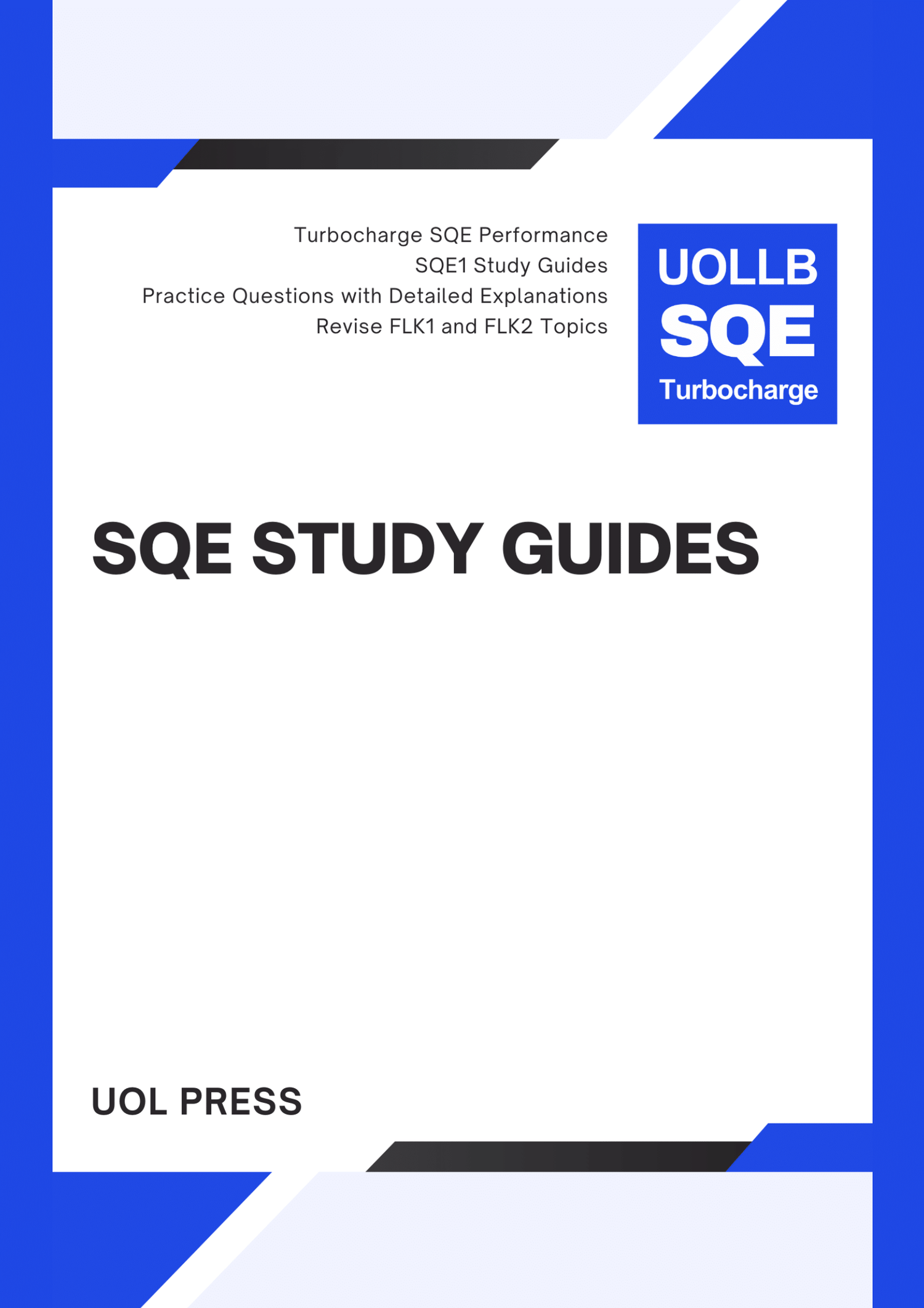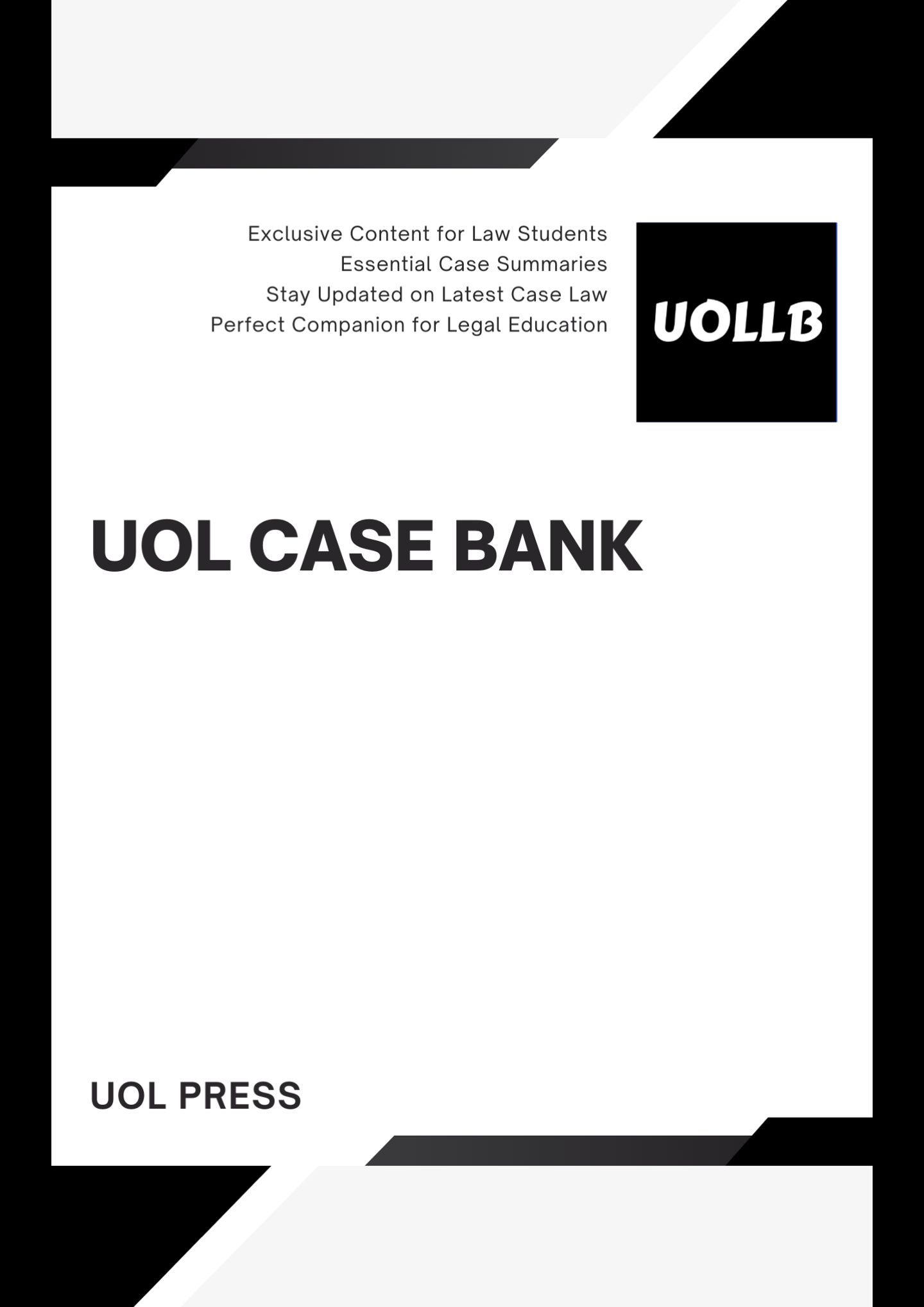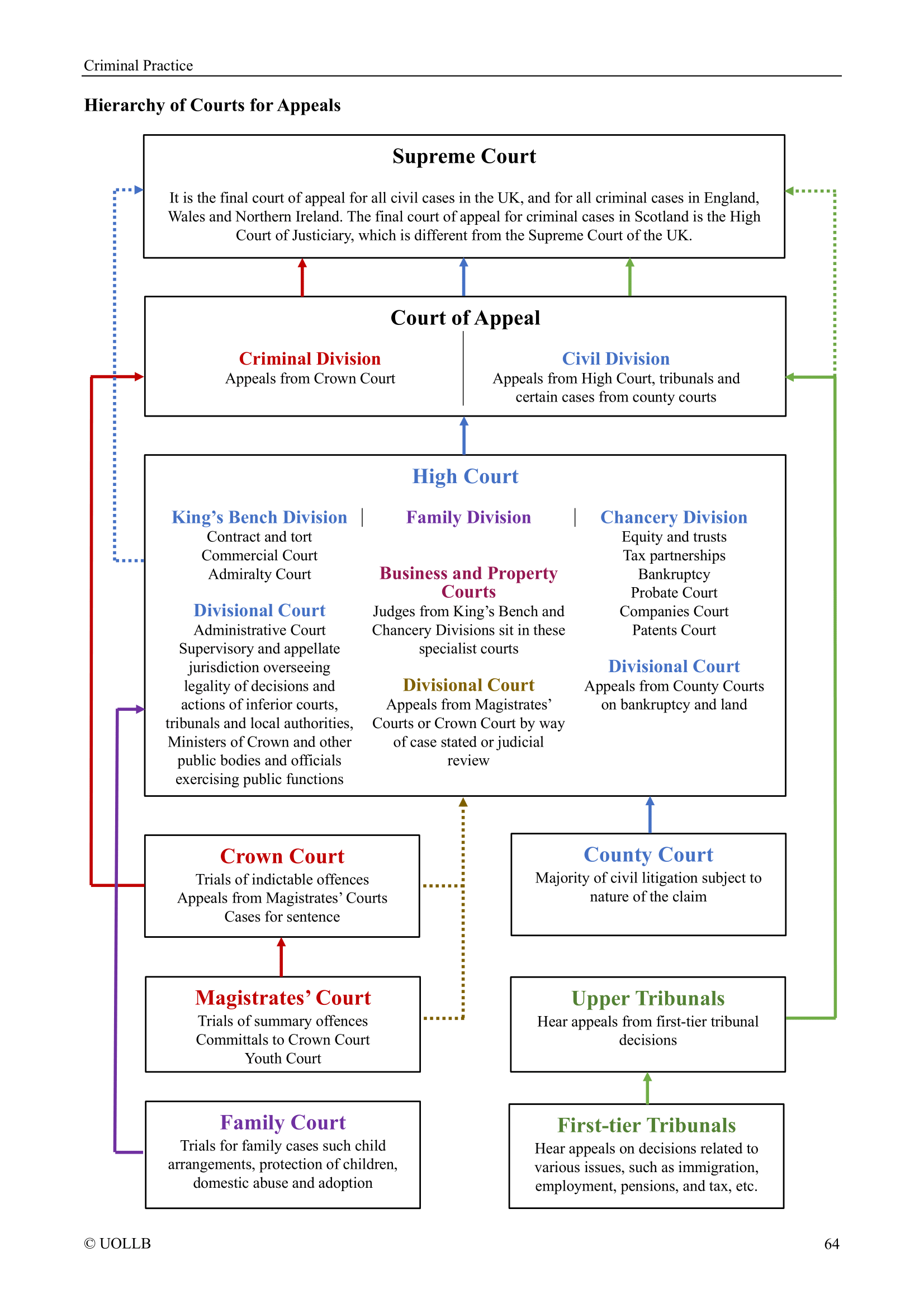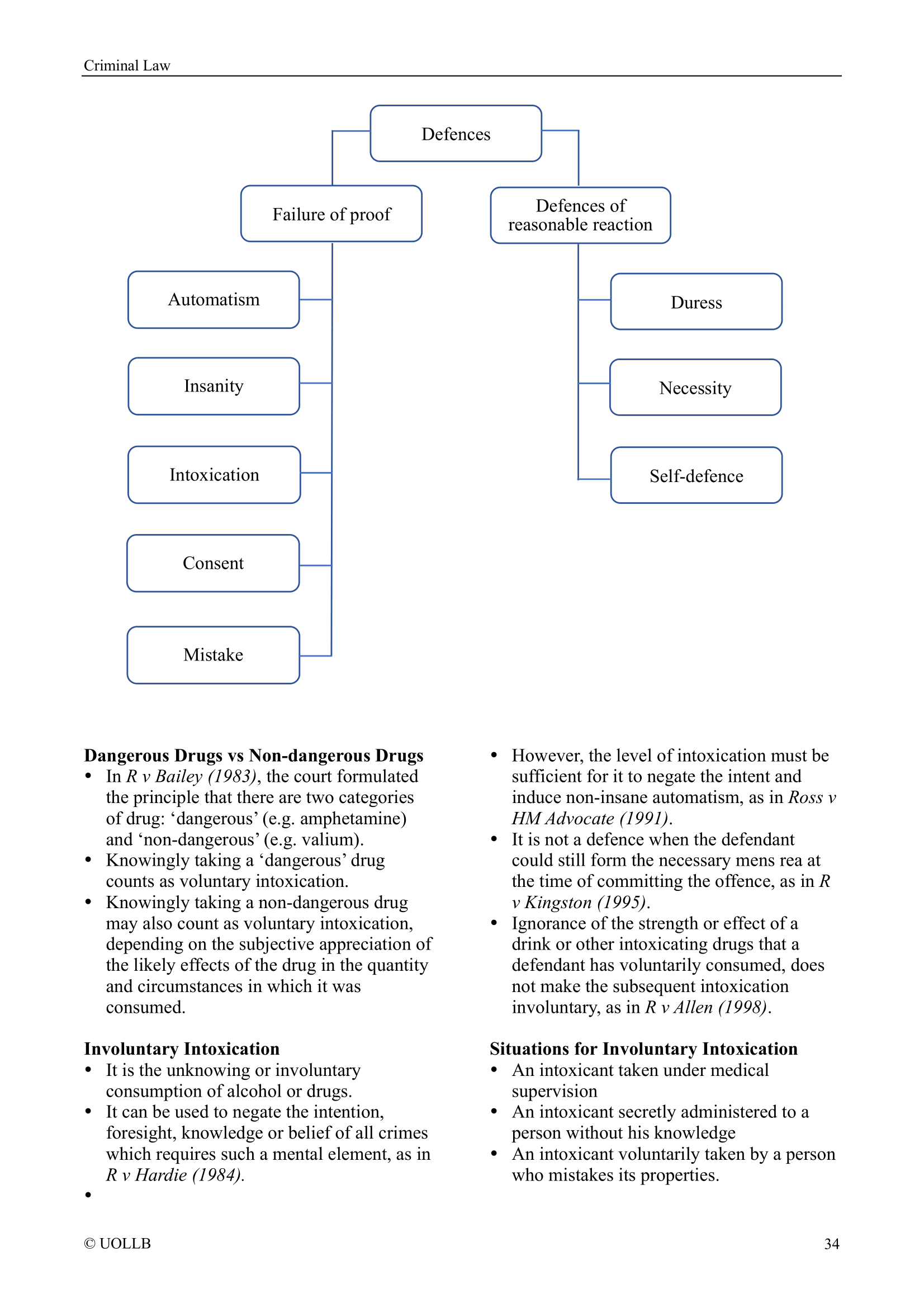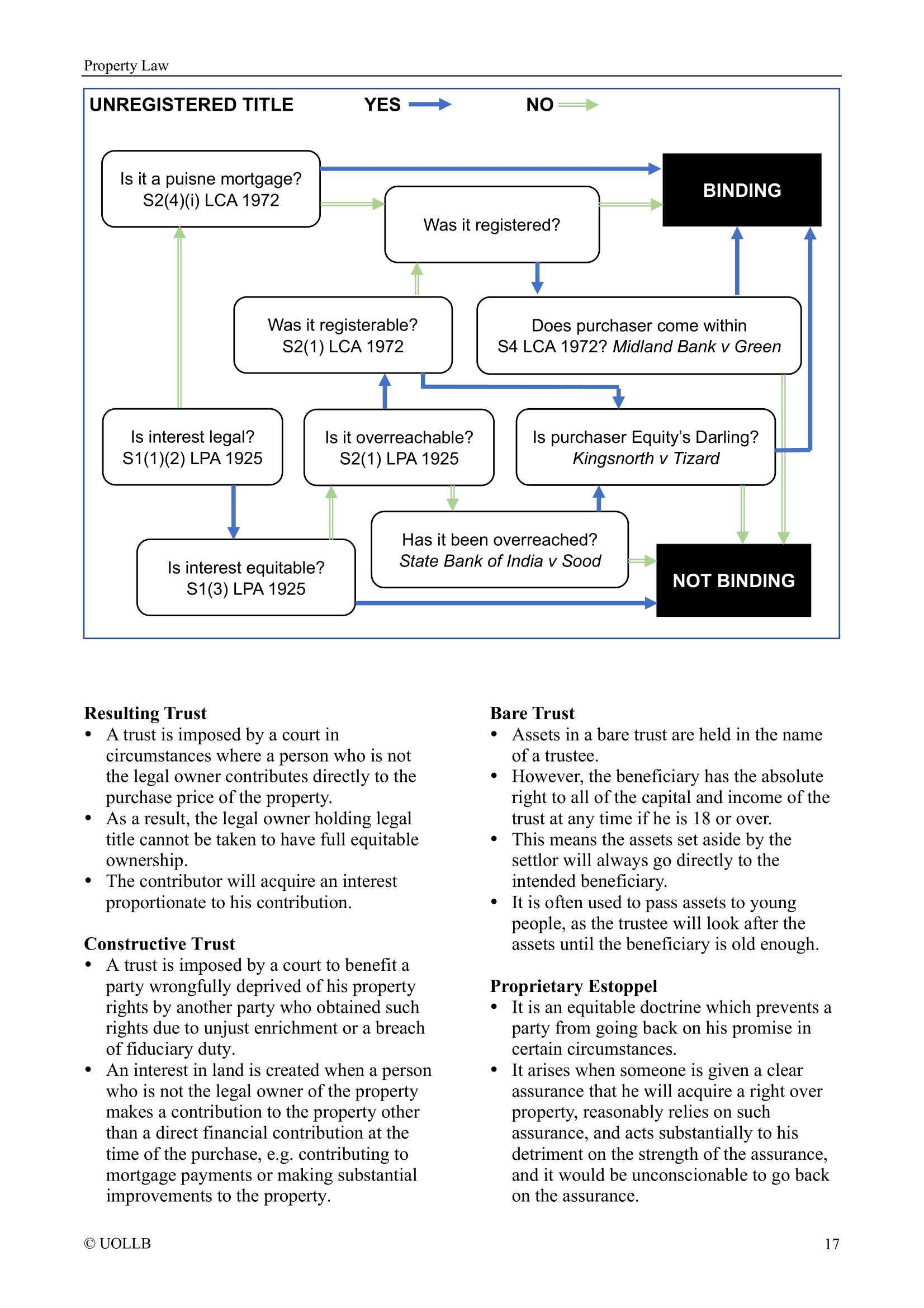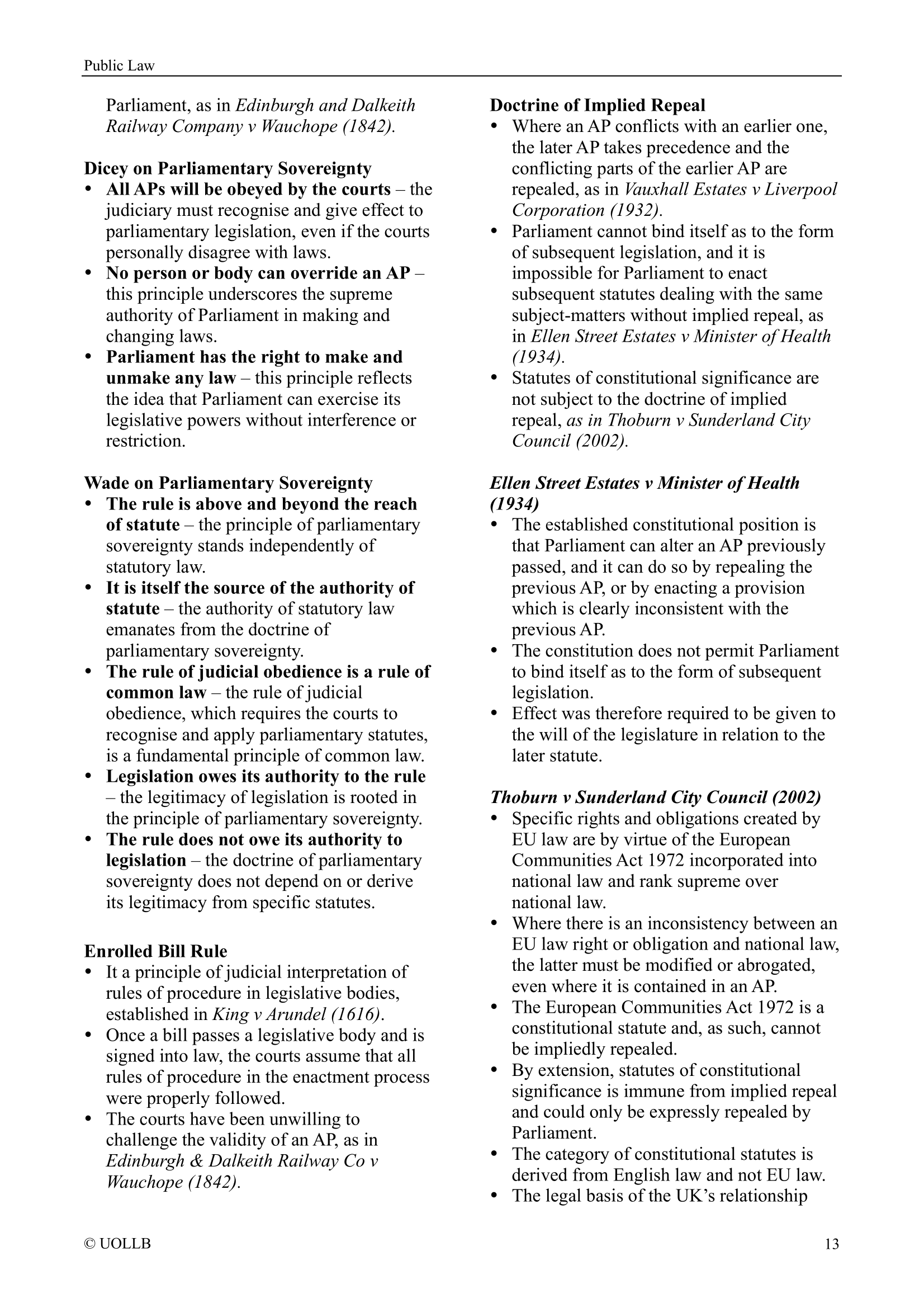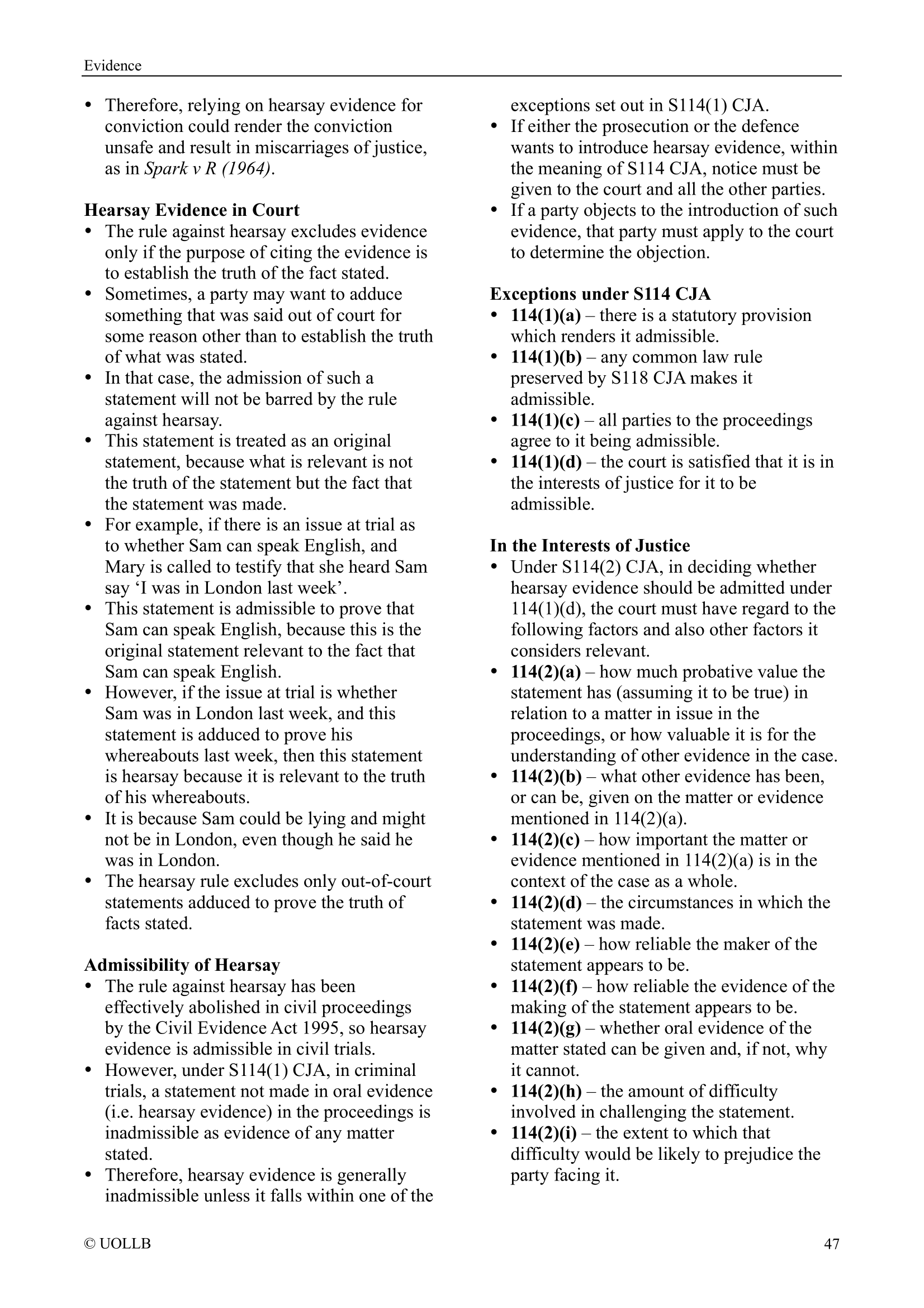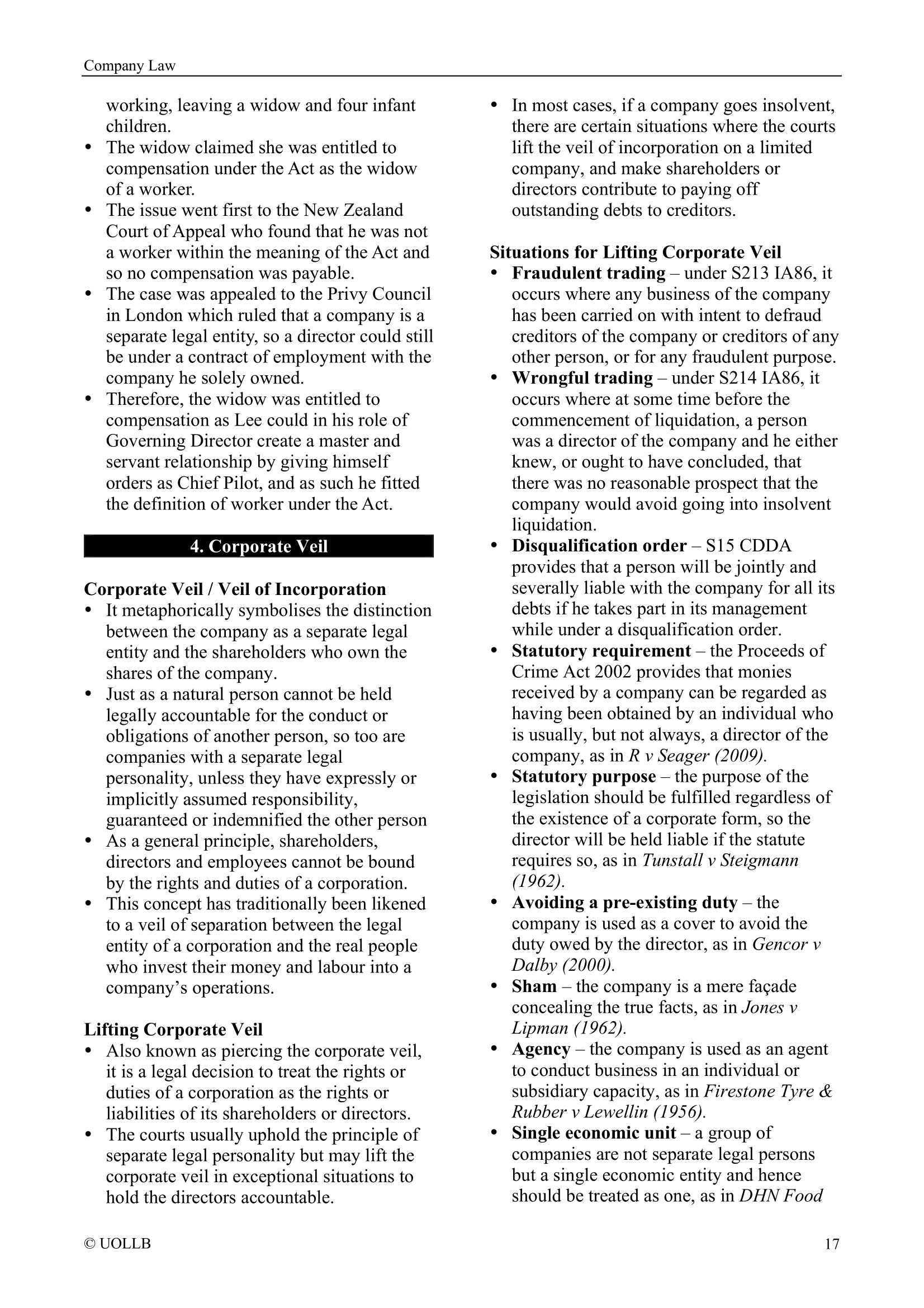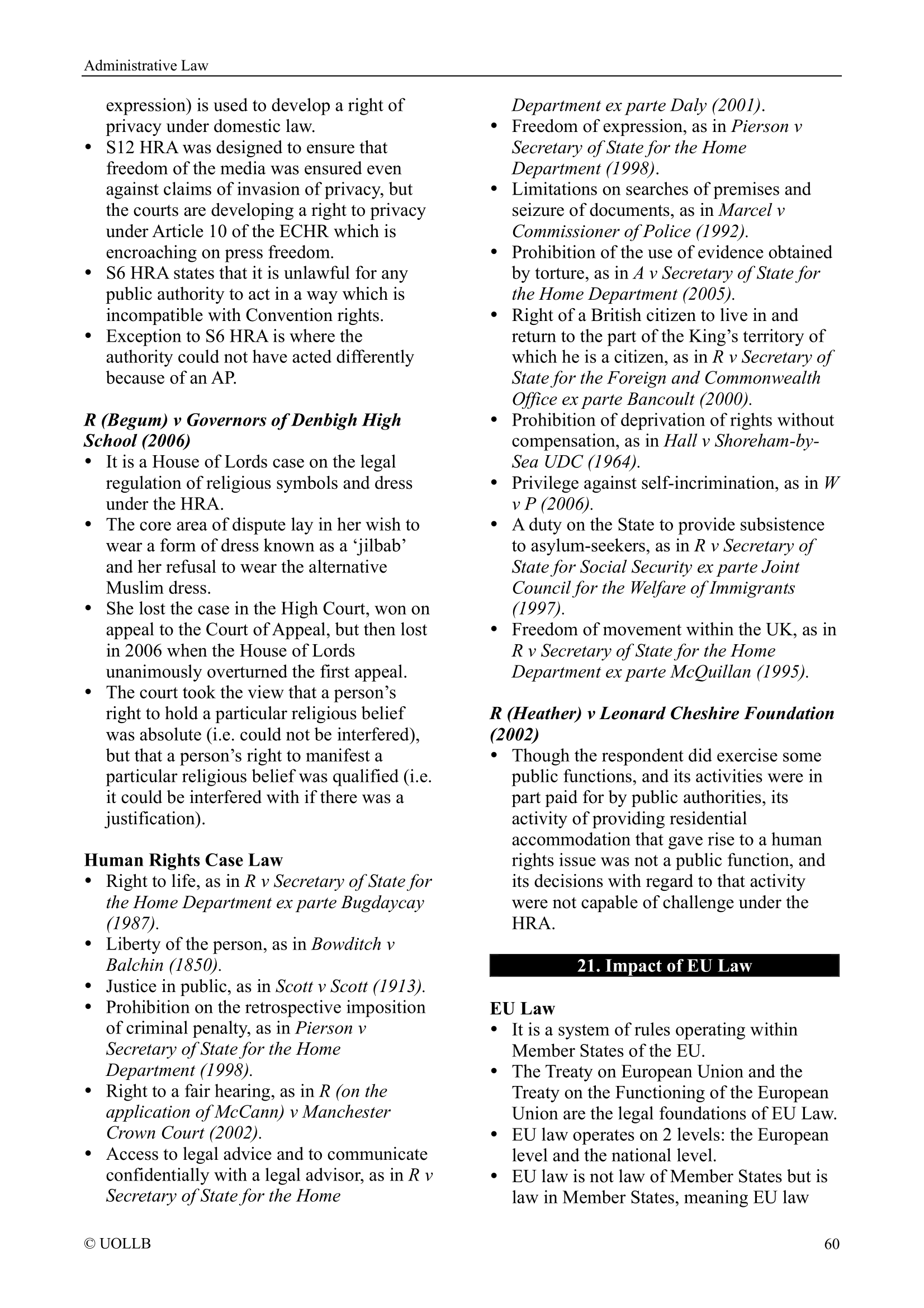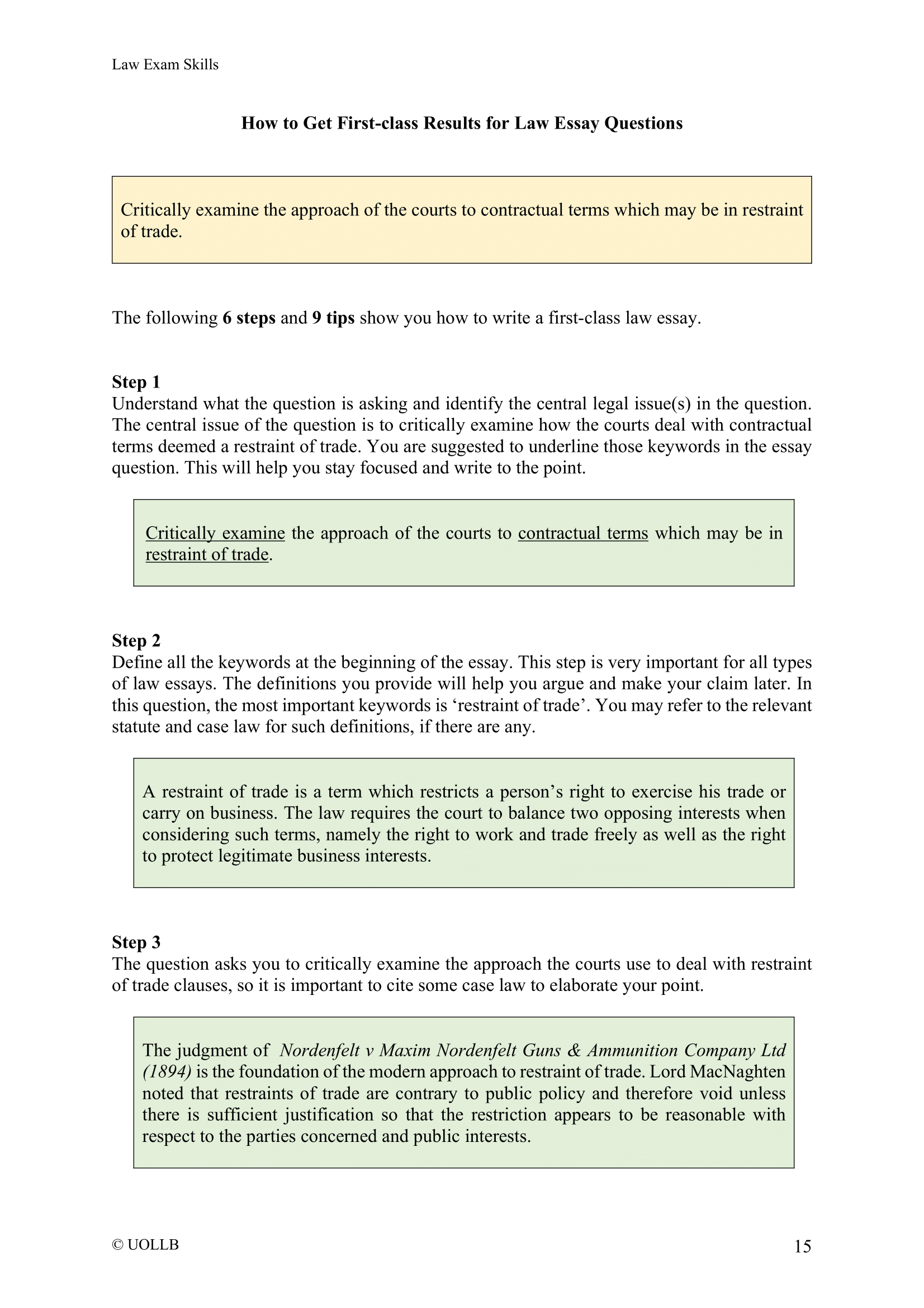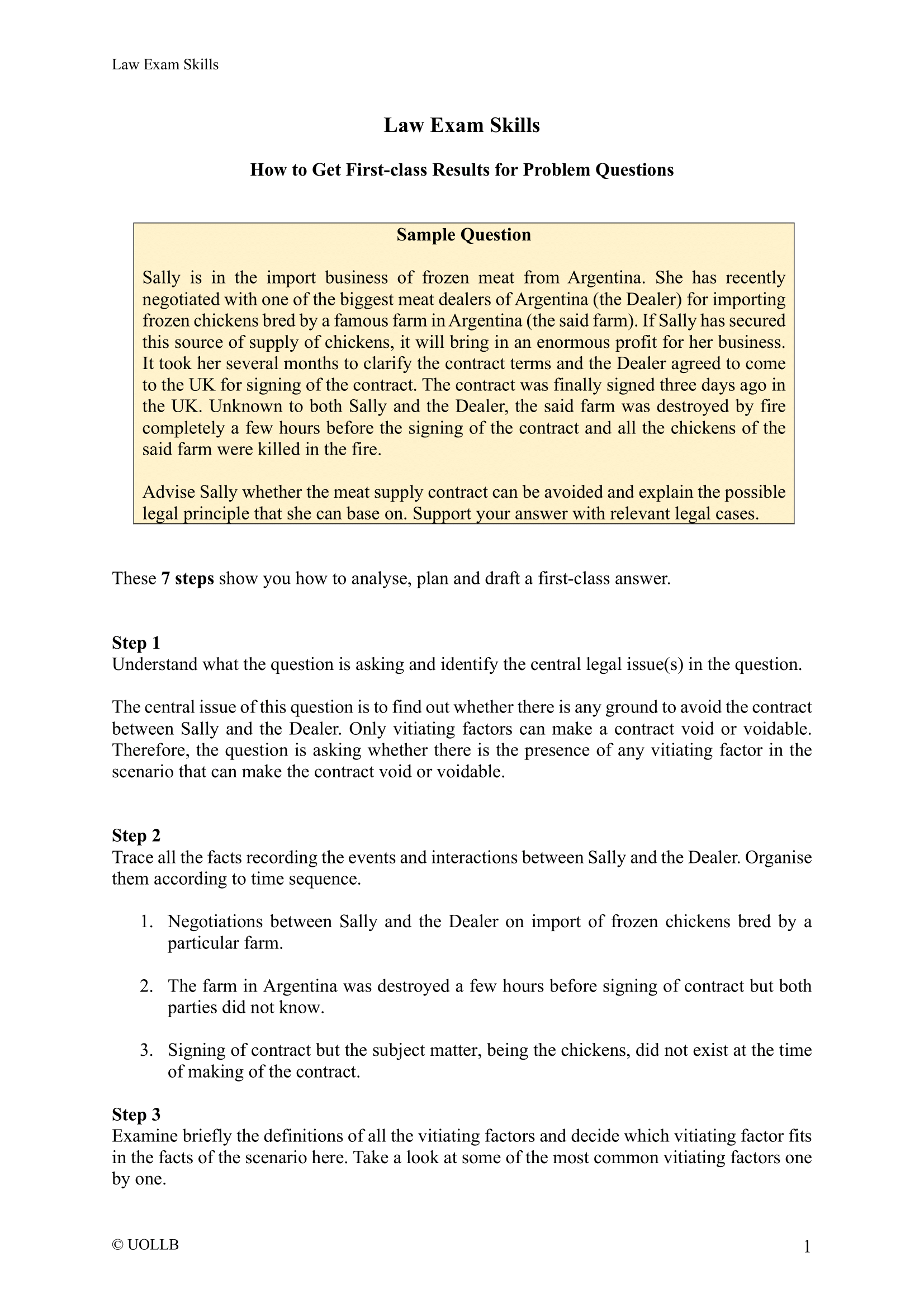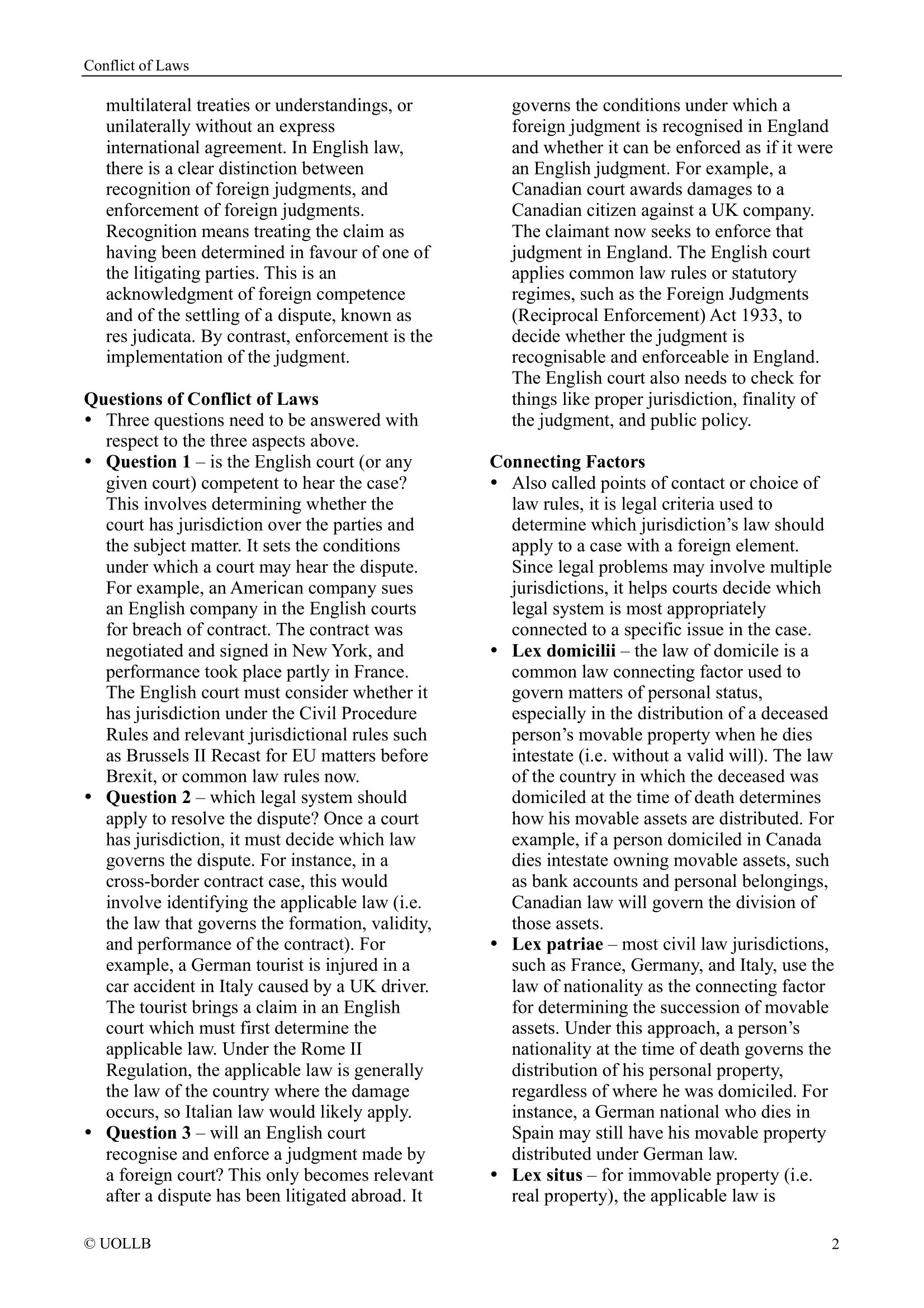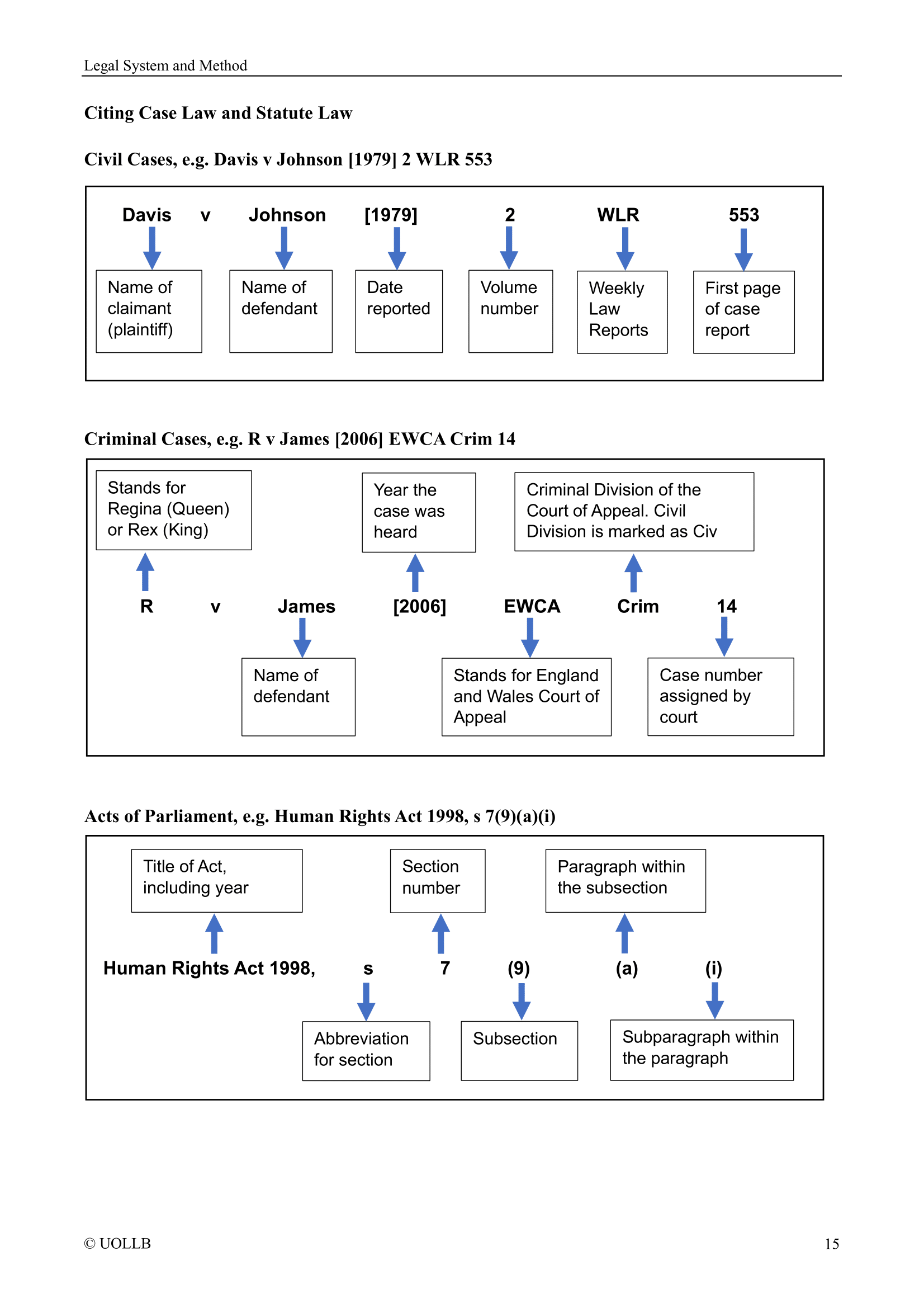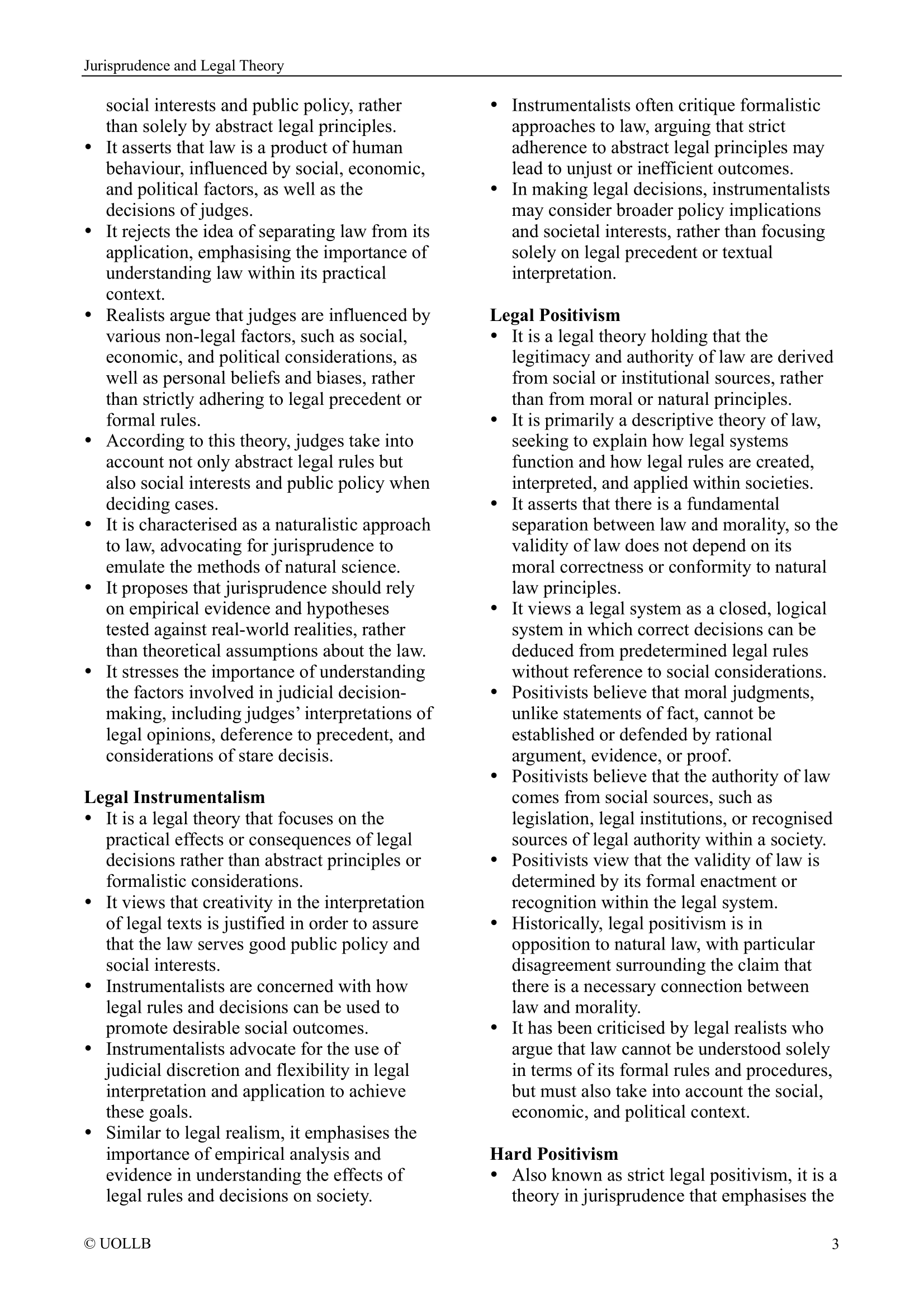Knight v Knight [1840]
Share
Knight v Knight [1840] 49 ER 58 is a landmark English trusts law case that establishes the principle of three certainties. This principle serves as a crucial criterion for determining the validity of trusts and plays a significant role in the disposition of assets through wills. The case has had a lasting impact and has been followed in numerous common law jurisdictions.
Richard I Knight, a wealthy ironmaster, made a settlement in 1729, passing the manors of Leintwardine and Downton, Herefordshire, down the family line. His grandson, Payne Knight, an art connoisseur, made a will in 1814, leaving the property to his brother, Thomas Andrew Knight, and in tail male to his male descendants. The will also expressed a trust in the liberality and justice of his successors. Thomas Knight died intestate, and a claim was brought by John Knight, alleging that a strict settlement in favour of the male line was binding.
Lord Langdale MR delivered the judgment, holding that Payne's will lacked the necessary certainty, resulting in an absolute gift to Thomas. This judgment led to the formulation of the test for three certainties, a fundamental aspect of trusts law. The three certainties required for a valid trust are:
- Certainty of intention: There must be a clear intention to create a trust.
- Certainty of subject matter: The assets constituting the trust must be readily determinable.
- Certainty of objects: The individuals to whom the trustees owe a duty must be readily determinable.
This case is renowned for articulating the three certainties that must be present for a trust to be valid. This test ensures clarity in the creation and execution of trusts. The case laid down a clear standard for evaluating the validity of trusts, particularly those established through wills. Ambiguities in any of the certainties may render the trust invalid. The principle of three certainties has become a cornerstone in trusts law, guiding legal practitioners, scholars, and courts in assessing the effectiveness of trust instruments.
In summary, this case is a pivotal case that has significantly shaped the legal landscape of trusts, providing a structured framework to ascertain the validity of trusts based on the certainties of intention, subject matter, and objects.
